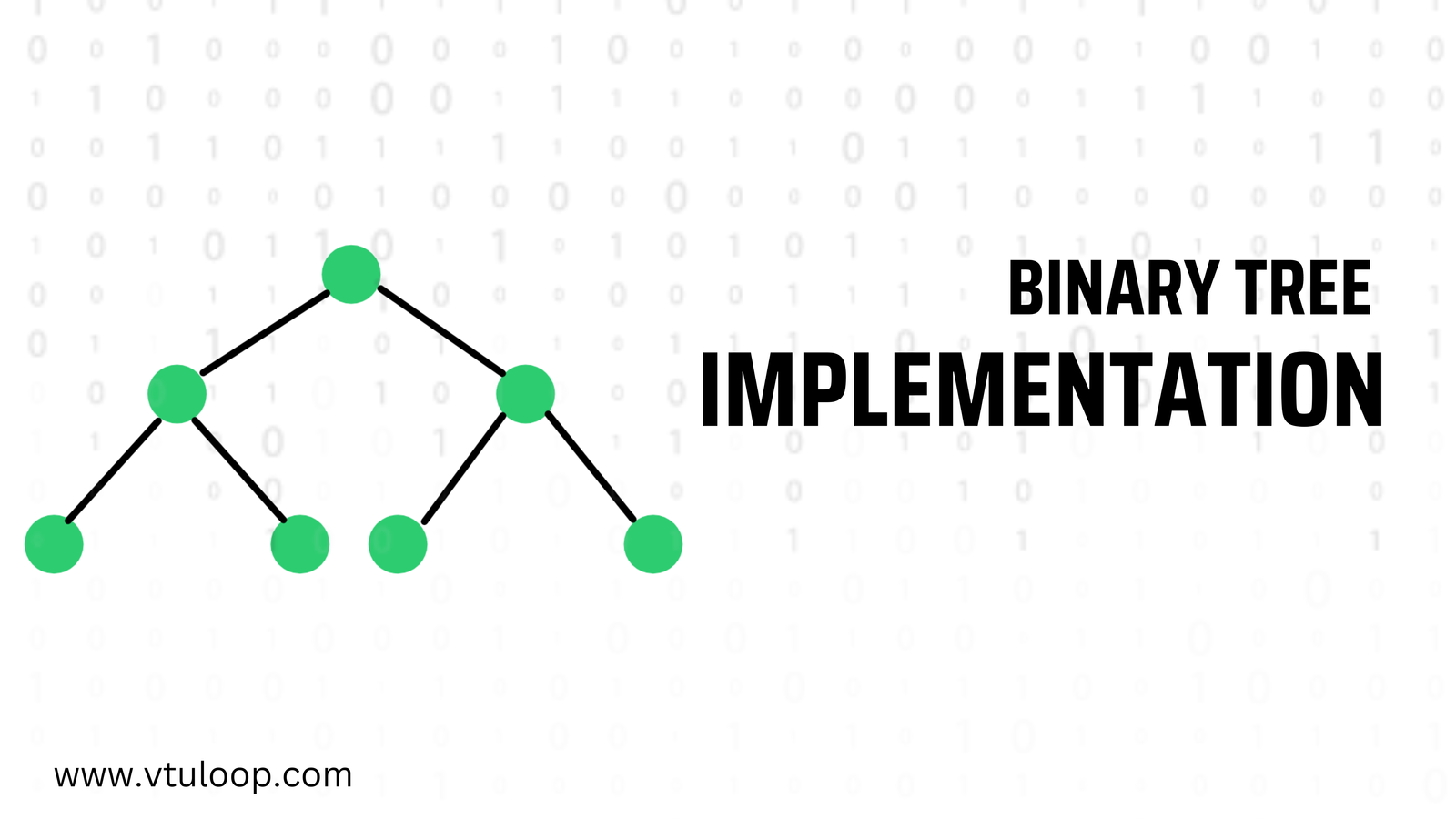Decision Tree (DT) in Machine Learning | Read Now
Decision Tree or shortly abbreviated as DT comes underneath the concept of Machine Learning. It possesses the resemblence with Binary trees, but is not equal.
In today’s post, we’ll thoroughly discuss the concept of DTs under the ML domain.
What does the term Decision Tree characterize?
- Decision Tree or DT is a supervised learning methodology’s model that may be employed to resolve both classification system and regression system problems, however this is most typically employed to solve classification challenges.
- Internal nodes reflect database attributes, branching indicate decision or set of rules, and every leaf node reflects the output in this tree architectural lassifier.
- The decision and the leaf/end nodes are the two sorts of nodes of a Decision tree.
- Leaf nodes are the outputs of those judgments and therefore do not feature any more branching, whereas Decisions nodes are employed to make a judgment and have multiple branches.
- The judgments or tests are conducted depending on the characteristics of the given database.
- It’s a visual illustration for obtaining all viable alternatives to a dilemma or the problem depending upon some certain parameters.
- It’s considered a decision tree since, like a tree, it commences with the root of the tree and grows into a tree artectural structure with subsequent branches.
- We employ the CART methodology, which refers to the Classification and Regression Tree methodology model, to form a tree.
- A DT simply asks one question and separates the tree into its corresponding sub-trees based on the response that are yes or no.
Why we employ the DT methodology?
ML es a range of methodologies, therefore picking the optimal strategy for the given database and challenge is perhaps the most important fact while constructing a ML model. The following are key justifications to employ the Tree Structure:
- Decision Tree systems are developed to replicate human thinking skills when making choices, making them simple to interpret.
- Because of decision tree has a tree architectural form, the reasoning behind this is simple to comprehend.
Terms of node utilized in Decision Tree
- Root: This root node is the top of the tree. It is the point from where the judgements of the whole tree begins. It illustrates the whole database and then further splits into its corresponding branchings.
- Split: This procedure of the splittings illustrates the separation of the root node into several other child nodes.
- Parent or child: The root node in the whole architecture is termed as the parent and its sub-trees upon splitting are termed as the child.
- Leaf: This node is the last node of the whole tree from where the splitting of the next nodes stop.
- Prune: Pruning is the procedure to eliminate all the unnecessary branchings from a tree.
How does this methodology operates?
- The procedure for knowing the class of a given database in a tree structure commences at the root level of the tree.
- This algorithm compares the entries of the root’s attribute with the data of the recorded (actual information) attribute and then continues the branching and leaps to another nodes based on the similarity.
- The algorithm checks the attribute quantity with the other sub-nodes then proceeds onto next tree node. It iterates until it achieves the tree’s leaf node.
How to pick the Attributes?
- The biggest challenge that emerges while developing a Tree structure is how to choose the best and the optimal attribute for the root of the tree and its respective sub-nodes.
- So, there is indeed a methodology termed as the Attribute Selection Measurement, or shortly abbriviated as ASM, that can be employed to overcome analogous situations.
- We can quickly pick the optimum property for the tree’s branches employing this metric.
- The following are key prominent ASM methodologies:
- Gini’s index: It demonstrates the measurement of certain purity or say the impurity in the whole CART methodology. This metric is employed when the DT wishes to construct the binary splittings.
- Information’s gain: Afterwards the segmentation procedure, DT measures the modifications experienced in the entropy depending on certain attributes. This is termed as the information’s gain. The nodes are separated relying the value received from this metric.
Merits
- It is straightforward to recognize because it adopts the identical procedures that a human would employ while making decisions in the real universe.
- It can be incredibly effective in overcoming judgement issues.
- It is worthwhile to consider all of the potential answers to an issue.
- In comparison with other methodologies, data’s pre-processing is not necessary as much.
Demerits
- It’s complicated as it possess multiple layers.
- As we increase the group’s labels, there exists high possibilities of complexity increment.
- It typically faces the obstacle of over-fitting.






